overcrowding
Japan is of course not the only country that experiences crowded trains and subways during rush hour. Over the last 10 years Singapore’s population has increased by 30 percent, putting pressure on its public transportation system, especially during the morning rush. Though Japan is trying to alleviate overcrowding with wider trains, Singapore is taking a different approach to the problem; free fares until 7:45 a.m. for anyone getting off at one of 16 stations in the downtown core.
Bringing commuters to Tokyo from neighboring Saitama Prefecture, the Saikyo Line, operated by the East Japan Railway Company (JR East), is one of the busiest in the metropolitan area. During morning rush hour its trains are packed to 200 percent capacity. On June 30, however, E233 Series trains were introduced to the line, and officials are hoping the new carriages, which are a whole 15cm wider, will reduce crowding by ten percent.
That’s right. Now instead of having to endure bone-crushing, suffocating, sucking-the-will-to-live commutes in trains packed to 200 percent capacity, riders will be able to breathe, and perhaps move just a little, while enjoying the relative luxury of a train crammed to just 190 percent capacity!

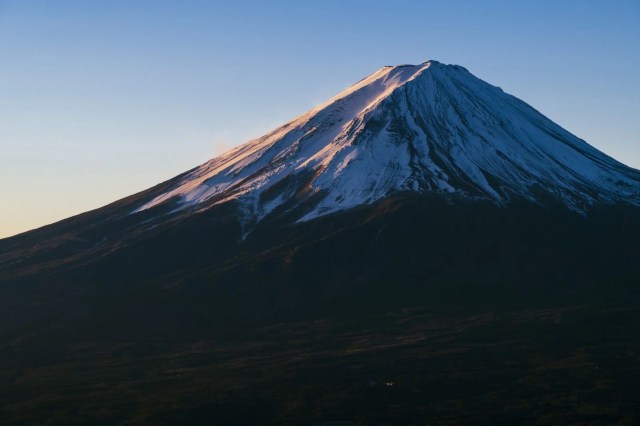
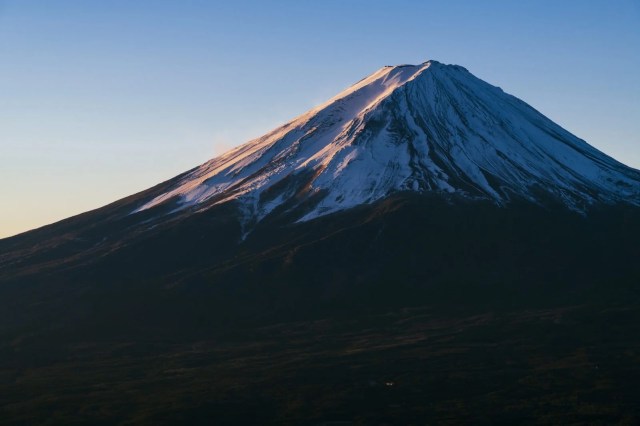
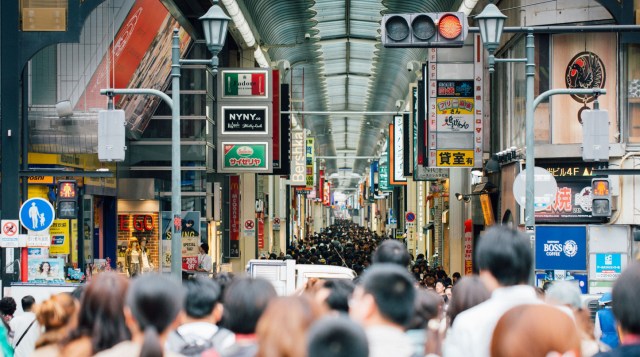
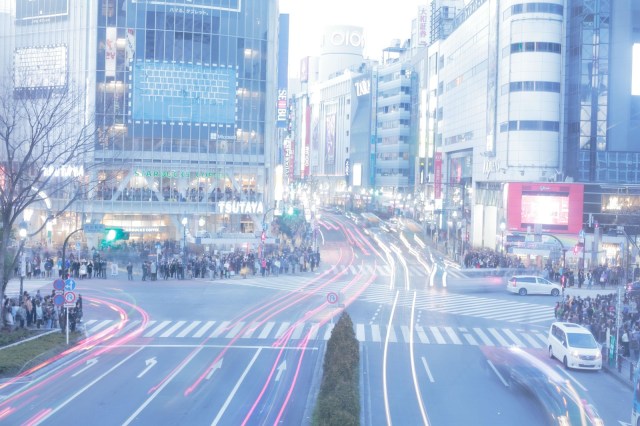
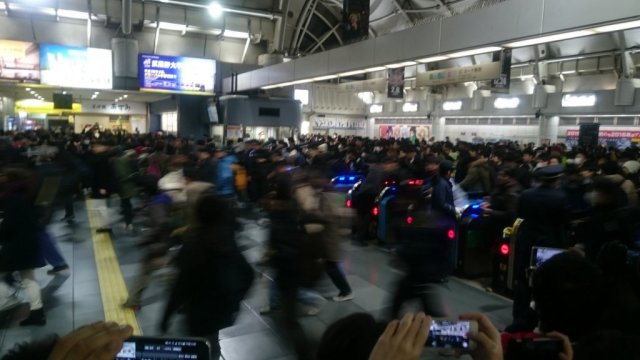
 Japanese beef bowl chain Sukiya’s 2026 Smile Box lucky bag basically pays for itself
Japanese beef bowl chain Sukiya’s 2026 Smile Box lucky bag basically pays for itself Japan’s otoshidama tradition of giving kids money at New Year’s gets a social welfare upgrade
Japan’s otoshidama tradition of giving kids money at New Year’s gets a social welfare upgrade That time Seiji called JASRAC to ask why he didn’t get paid royalties for his song being on TV
That time Seiji called JASRAC to ask why he didn’t get paid royalties for his song being on TV Are 100-yen shop Daiso’s gel nail polish strips a good dupe for salon quality nails? Let’s find out
Are 100-yen shop Daiso’s gel nail polish strips a good dupe for salon quality nails? Let’s find out Japan has vending machines that put protective film on your phone for you — Here’s how to use them
Japan has vending machines that put protective film on your phone for you — Here’s how to use them Cherry blossoms are going to bloom on Tokyo’s new license plates
Cherry blossoms are going to bloom on Tokyo’s new license plates Kyoto sightseeing tour: The most amazing old bathhouses in the city
Kyoto sightseeing tour: The most amazing old bathhouses in the city You COULD eat a terrifying octopus egg in Japan, but SHOULD you? Let’s find out!【Taste test】
You COULD eat a terrifying octopus egg in Japan, but SHOULD you? Let’s find out!【Taste test】 A visit to one of Japan’s motorcycle Shinto shrines
A visit to one of Japan’s motorcycle Shinto shrines Hayao Miyazaki says Happy New Year to Studio Ghibli fans with new art for Year of the Horse
Hayao Miyazaki says Happy New Year to Studio Ghibli fans with new art for Year of the Horse Starbucks Japan ready to get Year of the Horse started with adorable drinkware and plushies【Pics】
Starbucks Japan ready to get Year of the Horse started with adorable drinkware and plushies【Pics】 7 great places to see Mt. Fuji from without having to climb it
7 great places to see Mt. Fuji from without having to climb it We found possibly the quietest Japanese-style hotel in Tokyo’s bustling Shinjuku district
We found possibly the quietest Japanese-style hotel in Tokyo’s bustling Shinjuku district Cup Noodle tries an authentic Jiro-style ramen, but something’s not quite right
Cup Noodle tries an authentic Jiro-style ramen, but something’s not quite right Hello Kitty Choco Egg figures are an adorable trip through three periods of Japanese pop culture【Pics】
Hello Kitty Choco Egg figures are an adorable trip through three periods of Japanese pop culture【Pics】 Japan’s oldest largetooth sawfish in captivity back on display in Mie Prefecture
Japan’s oldest largetooth sawfish in captivity back on display in Mie Prefecture Cyberpunk anime meets traditional culture in Ghost in the Shell gold leaf Japanese changing screens
Cyberpunk anime meets traditional culture in Ghost in the Shell gold leaf Japanese changing screens The best Starbucks Japan Frappuccinos we want to drink again in 2026
The best Starbucks Japan Frappuccinos we want to drink again in 2026 We revisited Sweets Paradise after a decade to see if Japan’s dessert buffet still delivers
We revisited Sweets Paradise after a decade to see if Japan’s dessert buffet still delivers 7-Eleven Japan starts new temporary luggage storage service in over 300 branches
7-Eleven Japan starts new temporary luggage storage service in over 300 branches Disillusionment at Tsukiji’s tourist-target prices led us to a great ramen restaurant in Tokyo
Disillusionment at Tsukiji’s tourist-target prices led us to a great ramen restaurant in Tokyo Starbucks teams up with 166-year-old Kyoto doll maker for Year of the Horse decorations【Photos】
Starbucks teams up with 166-year-old Kyoto doll maker for Year of the Horse decorations【Photos】 Tokyo considering law requiring more trash cans following litter increase in heavily touristed area
Tokyo considering law requiring more trash cans following litter increase in heavily touristed area Tokyo’s Tsukiji sushi neighborhood asks tour groups to stay away for the rest of the month
Tokyo’s Tsukiji sushi neighborhood asks tour groups to stay away for the rest of the month Tokyo event lets you travel back in time, for free, to celebrate 100 years since Showa era start
Tokyo event lets you travel back in time, for free, to celebrate 100 years since Showa era start Sanrio theme park in Japan announces plans to expand into a Sanrio resort
Sanrio theme park in Japan announces plans to expand into a Sanrio resort Japan may add Japanese language proficiency, lifestyle classes to permanent foreign resident requirements
Japan may add Japanese language proficiency, lifestyle classes to permanent foreign resident requirements Stamina-destroying “Paralysis Noodles” are Tokyo’s newest over-the-top ramen innovation
Stamina-destroying “Paralysis Noodles” are Tokyo’s newest over-the-top ramen innovation Survey asks foreign tourists what bothered them in Japan, more than half gave same answer
Survey asks foreign tourists what bothered them in Japan, more than half gave same answer Japan’s human washing machines will go on sale to general public, demos to be held in Tokyo
Japan’s human washing machines will go on sale to general public, demos to be held in Tokyo Japan’s deadliest food claims more victims, but why do people keep eating it for New Year’s?
Japan’s deadliest food claims more victims, but why do people keep eating it for New Year’s? We deeply regret going into this tunnel on our walk in the mountains of Japan
We deeply regret going into this tunnel on our walk in the mountains of Japan Studio Ghibli releases Kodama forest spirits from Princess Mononoke to light up your home
Studio Ghibli releases Kodama forest spirits from Princess Mononoke to light up your home Major Japanese hotel chain says reservations via overseas booking sites may not be valid
Major Japanese hotel chain says reservations via overseas booking sites may not be valid Put sesame oil in your coffee? Japanese maker says it’s the best way to start your day【Taste test】
Put sesame oil in your coffee? Japanese maker says it’s the best way to start your day【Taste test】 No more using real katana for tourism activities, Japan’s National Police Agency says
No more using real katana for tourism activities, Japan’s National Police Agency says Starbucks Japan reveals new sakura drinkware collection, inspired by evening cherry blossoms
Starbucks Japan reveals new sakura drinkware collection, inspired by evening cherry blossoms Updated cherry blossom forecast shows extra-long sakura season for Japan this year
Updated cherry blossom forecast shows extra-long sakura season for Japan this year Cherry blossoms are going to bloom on Tokyo’s new license plates
Cherry blossoms are going to bloom on Tokyo’s new license plates Kyoto sightseeing tour: The most amazing old bathhouses in the city
Kyoto sightseeing tour: The most amazing old bathhouses in the city You COULD eat a terrifying octopus egg in Japan, but SHOULD you? Let’s find out!【Taste test】
You COULD eat a terrifying octopus egg in Japan, but SHOULD you? Let’s find out!【Taste test】 A visit to one of Japan’s motorcycle Shinto shrines
A visit to one of Japan’s motorcycle Shinto shrines Hayao Miyazaki says Happy New Year to Studio Ghibli fans with new art for Year of the Horse
Hayao Miyazaki says Happy New Year to Studio Ghibli fans with new art for Year of the Horse Nintendo’s Kirby now delivering orders at Kura Sushi restaurants, but not in Japan
Nintendo’s Kirby now delivering orders at Kura Sushi restaurants, but not in Japan Finally, a chance to cuddle up to Japan’s “No. 1 Cosplayer”, Enako
Finally, a chance to cuddle up to Japan’s “No. 1 Cosplayer”, Enako “Graffiti Temple” in Kyoto, where visitors are encouraged to deface the walls
“Graffiti Temple” in Kyoto, where visitors are encouraged to deface the walls Play games, learn, and get your fortune at Ginza’s limited-time Tsunaguu “Shrine of the Future”
Play games, learn, and get your fortune at Ginza’s limited-time Tsunaguu “Shrine of the Future” Japan Super Budget Dining – What’s the best way to spend 1,000 yen at Saizeriya?
Japan Super Budget Dining – What’s the best way to spend 1,000 yen at Saizeriya? We revisited Sweets Paradise after a decade to see if Japan’s dessert buffet still delivers
We revisited Sweets Paradise after a decade to see if Japan’s dessert buffet still delivers Toma Toma Sparkling: Taste-testing the tomato juice that will give you a hangover
Toma Toma Sparkling: Taste-testing the tomato juice that will give you a hangover